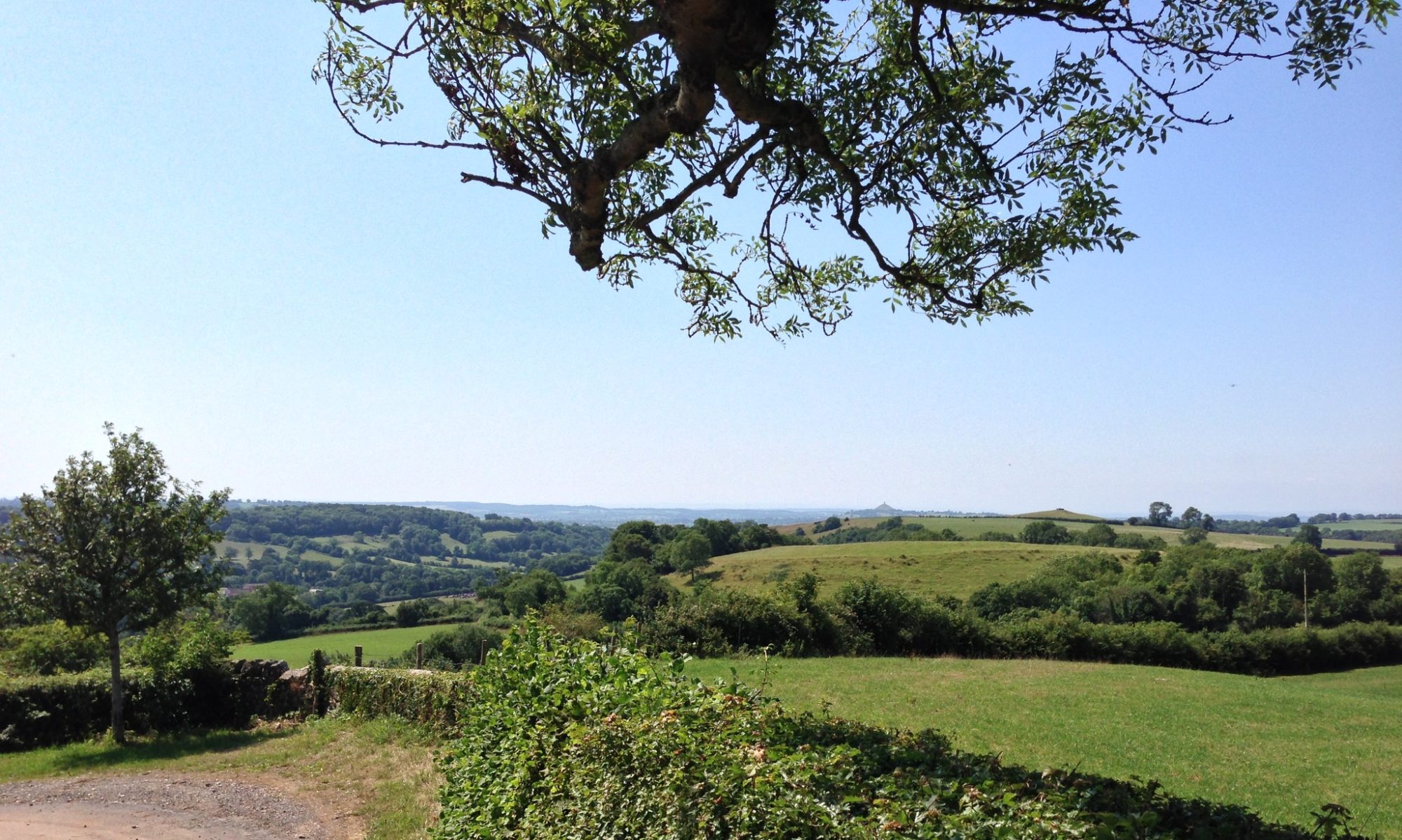The Queen’s long reign is like a tune, like a melody line running throughout our lives. She has been a constant. Her visage instantly recognisable, her voice and mannerisms easily identifiable.

Of the melodies we know, apparently globally the tune we are all most familiar with, and share in signing together most, is – Happy Birthday. In the UK, probably the next most familiar song we know the words of and sing together, is God save our gracious Queen. Or it has been until we now all try and remember to sing King. But it is not just this tune I mean when I speak of the Queen’s reign running like a melody. It’s more about the Queen herself. Her life, as a musical metaphor.
…let the sounds of music creep in our ears…
In music, a tune or theme returning and overlapping is called a canon. Perhaps our most familiar examples are the likes of Frère Jacques and Row, Row, Row Your Boat. Even a melody as simple as these can be transformed using this repetition, creating some complex chords. Where the theme returns on a different note of the scale the form may be called a fugue. Other, different, musical lines may also play along with the original melody. They may be alternative melodies, or harmonies. The main melody will still remain the dominant theme.
There are many other musical ‘variations’ and metaphors. However, it is the main melody, the Queen Elizabeth melody, that is the important one for us here. Her theme: a solo, a chorale, building to a symphony, and reducing back down to a sole piper. Her theme has elements of so many musical styles – drawing on classical and spiritual musical themes, pre-dating Elvis or the Beatles, loving the sparkle of the stage musical and the military band, the musical performances at Her Majesty’s pleasure that have touched the heart and raised the spirit over so many decades.
The Queen’s tune has led our country these 70 years. Some have followed her theme, joined in her theme, harmonised and improvised – and perhaps some contrasted dissonantly. Her theme remains memorable, with a musical hook that many will be humming for generations after this second Elizabethan era. Sounding now a rich harmony, with variations added – the original theme remains central.
Just as I was appointed archdeacon, but before I had left my Sussex parish, the Deputy Lieutenant kindly asked if he might arrange an invitation for me to a Royal Garden party. I was really touched by the thought, but knew that bishops – and probably deans and archdeacons – got invitations regularly, I suggested that perhaps my long-serving curate/assistant priest colleague in the parish was a more appropriate recipient of an invitation.
The American theologian William P. Merrill said “There is nothing in the world so much like prayer as music is”, and music and prayer have been twin active faith elements throughout the Queen’s life.















